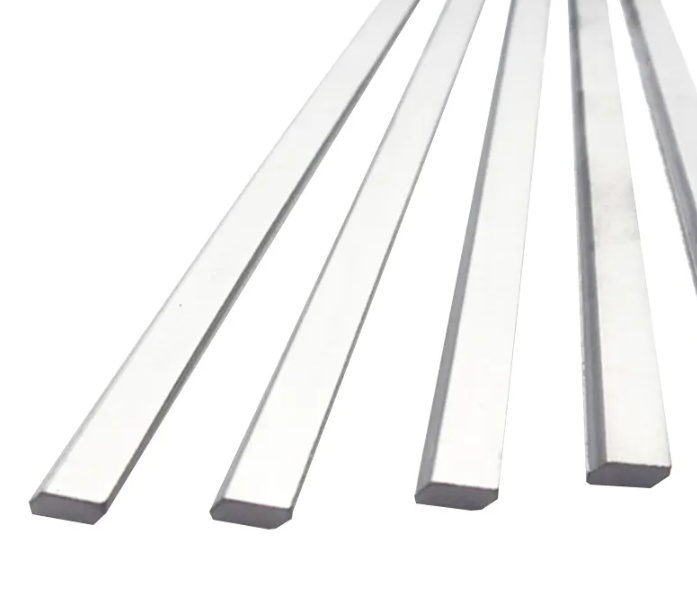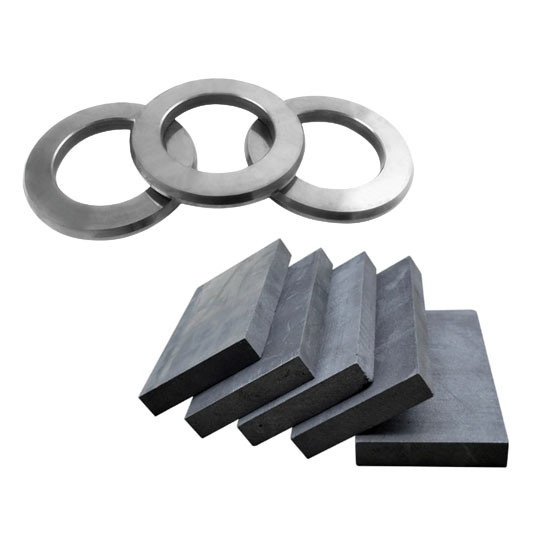L'importance des carbures dans l'industrie automobile
Carbures ont changé la donne dans la fabrication des véhicules modernes. Face à la demande croissante de matériaux légers, durables et résistants à l'usure, les constructeurs automobiles se tournent de plus en plus vers les composants à base de carbure. Qu'il s'agisse d'améliorer la longévité des outils de coupe utilisés dans l'usinage ou les performances des pièces automobiles, le carbure joue un rôle crucial dans l'amélioration de l'efficacité et de la robustesse des voitures.
Les véhicules modernes ont besoin de matériaux qui résistent à des températures élevées, à des frottements extrêmes et à des charges lourdes. Les carbures, en particulier les compositions à base de tungstène, de titane et de silicium, sont conçus pour répondre à ces conditions rigoureuses, garantissant une usure minimale et une durée de vie prolongée des composants critiques.
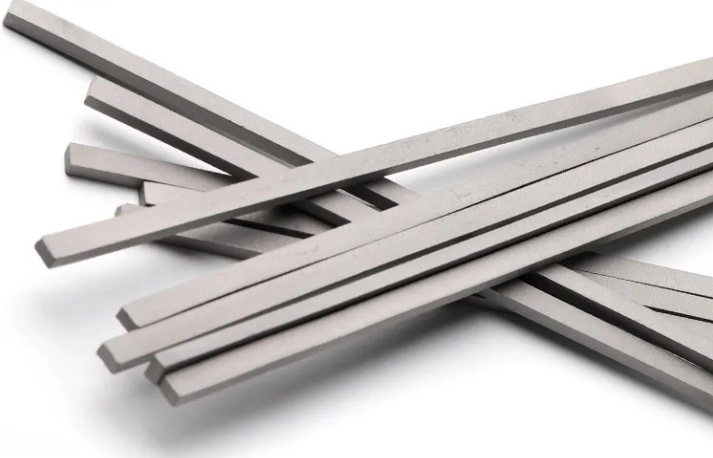
Pourquoi les constructeurs automobiles utilisent-ils de plus en plus Carbures?
Le passage aux matériaux en carbure dans le secteur automobile n'est pas seulement une tendance, c'est une nécessité. Avec les progrès des véhicules électriques, les technologies hybrides et les réglementations en matière d'efficacité énergétique, les fabricants ont besoin de matériaux plus solides et plus résistants à la chaleur. Les carbures offrent :
- Dureté supérieure - Ils sont beaucoup plus durs que l'acier, ce qui améliore la longévité des outils et des composants automobiles.
- Haute résistance à l'usure - Idéal pour les composants soumis à des frottements, ce qui réduit la fréquence de remplacement.
- Tolérance à la chaleur - Parfait pour les applications à haute température, en particulier dans les moteurs à combustion interne et les groupes motopropulseurs des véhicules électriques.
- Amélioration de l'efficacité - Les carbures améliorent la précision de l'usinage, réduisent les déchets de matériaux et les coûts de production.
En adoptant des composants à base de carbure, les constructeurs automobiles peuvent mettre au point des véhicules très performants qui durent plus longtemps, ont de meilleures performances et nécessitent moins d'entretien.
Que sont les carbures ? Définition et principaux composants
Les carbures sont des composés de carbone et d'un élément métallique, généralement du tungstène (WC), du titane (TiC) ou du silicium (SiC). Ces matériaux sont connus pour leur dureté, solidité et résistance à l'usure exceptionnelles. Les carbures les plus couramment utilisés dans le secteur automobile sont les suivants :
- Carbure de tungstène (WC) - Extrêmement dur, il est utilisé pour les outils de coupe, les pièces d'usure et les revêtements de haute performance.
- Carbure de titane (TiC) - Connu pour sa solidité et sa résistance à la chaleur, il est souvent utilisé dans les composants aérospatiaux et automobiles.
- Carbure de silicium (SiC) - Excellente conductivité thermique, idéale pour les onduleurs et les semi-conducteurs des véhicules électriques.
La combinaison de ces matériaux avec des liants tels que le cobalt ou le nickel garantit que les produits à base de carbure offrent une durabilité inégalée dans des conditions extrêmes.
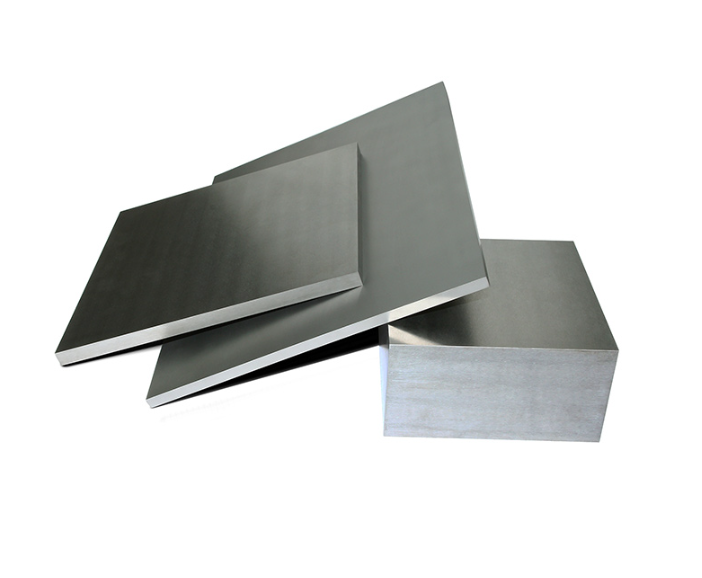
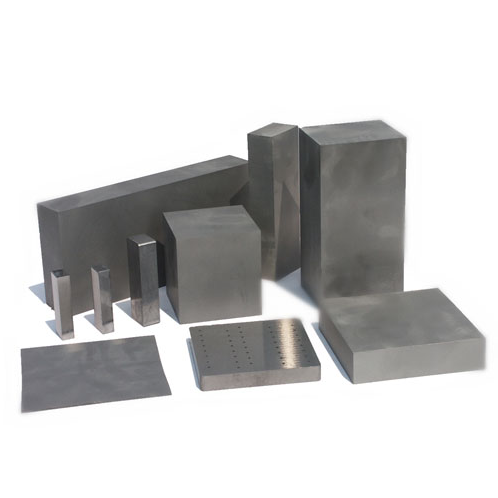
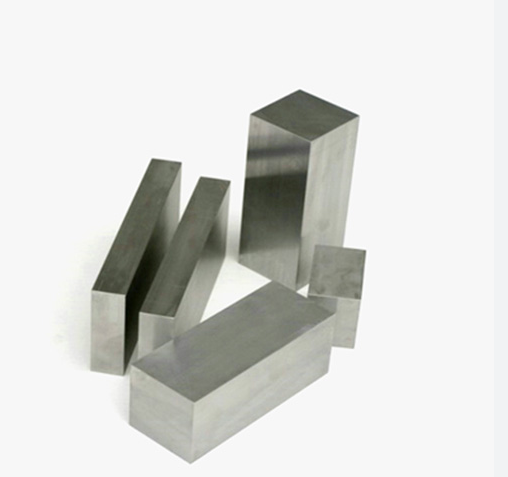
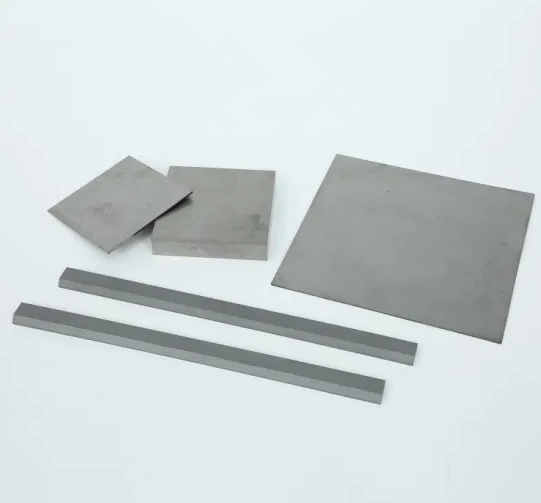
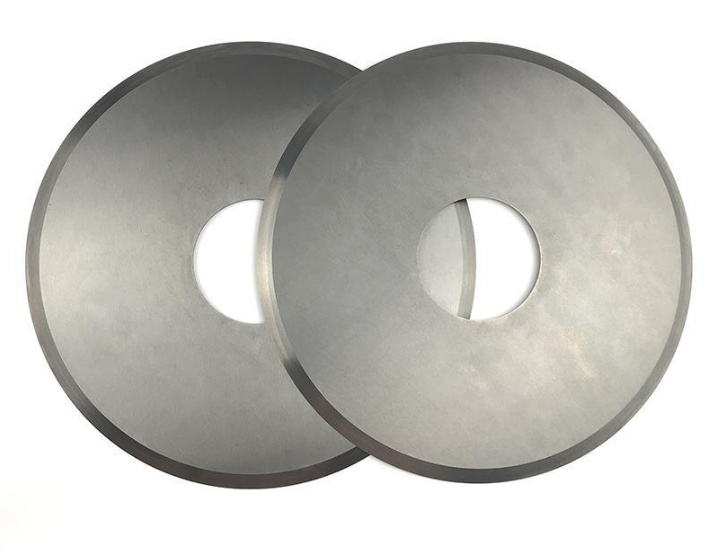

Principales applications de Le carbure dans l'automobile L'industrie
| Application | Description |
|---|---|
| Outils de coupe et usinage | Les outils à pointe en carbure sont utilisés pour le fraisage, le perçage et la découpe de composants automobiles avec précision. |
| Matrices et moules | Les matrices en carbure améliorent la durabilité des processus d'emboutissage et de formage dans la construction automobile. |
| Composants du moteur | Les pièces en carbure de silicium améliorent la résistance à la chaleur dans les chambres de combustion et les systèmes d'échappement. |
| Systèmes de freinage | Les revêtements en carbure de tungstène augmentent la résistance à l'usure des systèmes de freinage à haute performance. |
| Systèmes de suspension | Les composants renforcés au carbure prolongent la durée de vie des amortisseurs et des bras de suspension. |
| Roulements et joints | Les roulements à base de carbure réduisent le frottement et améliorent l'efficacité des composants rotatifs. |
| Électronique de puissance | Le carbure de silicium est essentiel pour les onduleurs des véhicules électriques, car il améliore l'efficacité énergétique et la gestion thermique. |
Avantages de l'utilisation du carbure dans la fabrication automobile
| Avantage | Avantages pour l'industrie automobile |
|---|---|
| Dureté extrême | Assurer la longévité et la durabilité des outils et des composants. |
| Résistance à l'usure | Réduit la nécessité de remplacer fréquemment les pièces. |
| Résistance à la chaleur | Idéal pour les applications à haute température telles que les moteurs et les systèmes d'alimentation des véhicules électriques. |
| Précision et exactitude | Améliore les processus d'usinage, améliorant ainsi la qualité des pièces des véhicules. |
| Légèreté et performance | Contribue à réduire le poids du véhicule, améliorant ainsi le rendement énergétique. |
| Résistance à la corrosion | Prolonge la durée de vie des pièces exposées à des environnements difficiles. |
Tendances futures de la Le carbure dans l'automobile L'industrie
L'industrie automobile est en train de se transformer avec l'adoption croissante des matériaux en carbure. Voici quelques tendances qui façonnent l'avenir :
- Expansion des véhicules électriques (VE) - Le carbure de silicium révolutionne l'électronique de puissance en améliorant l'efficacité des batteries et la vitesse de chargement.
- Revêtements avancés - Les nouveaux revêtements en carbure réduisent l'usure et augmentent la durée de vie des composants.
- Impression 3D et fabrication additive - Les poudres à base de carbure sont utilisées dans les techniques de fabrication de pointe pour les pièces automobiles personnalisées.
- Développement durable et recyclage - Des efforts sont faits pour recycler le tungstène et d'autres matériaux en carbure afin de réduire l'impact sur l'environnement.
Ces innovations font du carbure un matériau indispensable pour la prochaine génération de véhicules.

FAQ
| Question | Réponse |
|---|---|
| À quoi servent les tiges de carbure dans l'industrie automobile ? | Les tiges en carbure sont utilisées dans les opérations de perçage, de fraisage et de coupe de haute précision, garantissant une résistance supérieure à l'usure. |
| Pourquoi choisir le carbure de tungstène plutôt que l'acier ordinaire pour le perçage ? | Le carbure de tungstène offre une dureté, une résistance à la chaleur et une durabilité extrêmes, ce qui le rend idéal pour l'usinage automobile. |
| Comment le carbure améliore-t-il l'efficacité du forage ? | Les outils en carbure conservent leur tranchant plus longtemps, ce qui réduit l'usure de l'outil et augmente la précision dans le travail des métaux. |
| Les tiges en carbure peuvent-elles être utilisées à la fois pour l'usinage manuel et pour l'usinage CNC ? | Oui, les tiges en carbure conviennent aussi bien à l'usinage manuel qu'à l'usinage automatisé à commande numérique, offrant des performances constantes. |
| Les tiges de carbure sont-elles respectueuses de l'environnement ? | De nombreuses tiges de carbure sont fabriquées à partir de matériaux recyclés, ce qui réduit leur impact sur l'environnement. |

